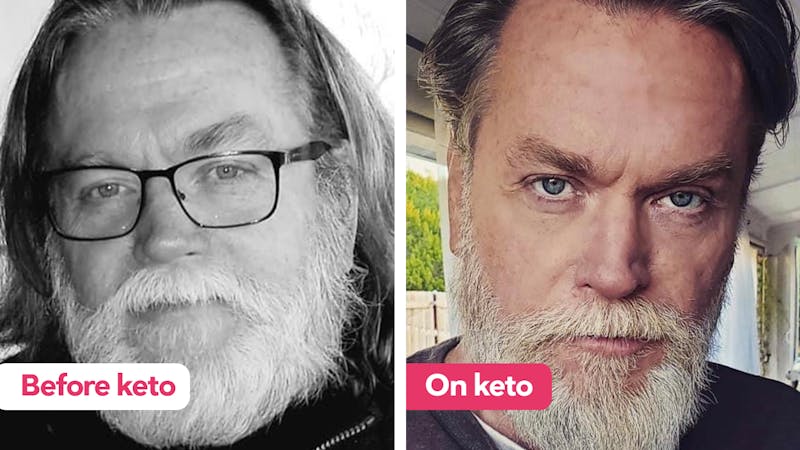Millions of Americans do not know that they are prediabetic, according to The Centre for Disease Control and Prevention (CDC). In Kentucky, 13%, or 1 out of every 8 Kentuckians is living with type 2 diabetes. Preventing type 2 diabetes is possible by following diet and exercise guidelines.
“Be nice to your pancreas. Being nice to your pancreas would be limiting those types of foods and drinks [high in carbohydrates and sugars],” says Paula Bergen, RN, BSN, CDCES, Diabetes Educator, Consultant for the Northern Kentucky Health Department.
Bergen says foods high in carbohydrates and sugars make your glucose level “gush.” When you drink sugary drinks like juices, soda, and sports drinks and eat high carb foods like cakes, pies, doughnuts, and candies, the sugars are immediately absorbed into the stomach and go right to the pancreas which puts out insulin, says Bergen.
The insulin helps the sugar move from the blood into the cells. The cells then use the sugar to make energy. When the cells are no longer sensitive to sugar, the amount of insulin made increases, says Bergen.

Add more vegetables.
The American Diabetes Association (ADA) provides guidelines on nutritious foods to eat. Whole, unprocessed, non-starchy vegetables including lettuce, cucumbers, broccoli, tomatoes, and green beans are healthy choices. The ADA says these foods have a lot of fibre and few carbohydrates, having little impact on your blood sugar.
Other whole foods to eat include fruits like apples, blueberries, strawberries, and cantaloupe. Whole grains such as brown rice, whole wheat bread, whole grain pasta, and oatmeal are healthy. More good foods to feed your body are corn, green peas, sweet potatoes, pumpkin, plantains, beans, and green lentils.
“It’s about making choices and portions. People with diabetes can eat whatever they want, they just have to be mindful and understand their situation,” says Bergen. She says that women should stay under 45 grams of carbohydrates per meal and men under 60 grams per meal.
Bergen gives some real-life examples of making healthy choices. “Take something that’s a carbohydrate and add protein or fibre to it,” she says. For instance, sweet potato is a vegetable and a carbohydrate but is healthy because they have a lot of vitamins and minerals. The peel has more fibre, preventing a “gush” in blood sugar levels. Adding brown sugar and cinnamon would not be healthy, creating that “gush.”
When dining out, Bergen says to read the menu. “It is hard to find something decent to eat that is not been dripping in oil, filled with salt, or sugar,” she says.
At fast food places, load your sandwich with vegetables. At a sit-down location, get a vegetable omelette, fresh fruit, and sourdough toast, Bergen says. Sourdough is healthy because anything fermented is healthy.
At a steakhouse, order the smallest steak, about 6 ounces, with a small salad. Bergen says to also consider the portion amounts. In some places, the potato served can be considered four portions. Take these ideas and project them onto your situation. Think creativity of how you can slowly change your diet.
Bergen follows her grandmother’s advice. “My grandmother lived until she was 84 years old. She said, ‘eat close to the earth Paula, eat close to the earth.’ She said, ‘if you can’t dig it out of the ground or pick it off the tree or you grow it,’” then don’t eat it, she says.
Physical activity is just as important in preventing and controlling type 2 diabetes. When active, the cells become more sensitive to insulin, working more effectively. Losing 10-15 pounds can greatly impact your health, according to the ADA. Make it simple. The best exercise is finding what works for you.
The CDC says two key acts can cut your risk of developing type 2 diabetes in half. One is to lose just 5% to 7% of your body weight. The second is to get 150 minutes of moderate physical activity per week, or 30 minutes a day for five days.
The A1C number is an estimate of blood sugar levels over the past three months. Obtained from a blood draw, it is used to diagnose type 2 diabetes. Bergen says any number below 5.7% is normal. 5.7-6.4% is considered prediabetic. Over 6.5% is diabetic.
“If you find that you have pre-diabetes or diabetes, now you have the opportunity to make changes and do something about it,” Bergen says.
Everyone is different and no one will respond or be affected by the disease in the same way. “It’s just really difficult for human beings to make changes once they form habits,” Bergen says. You do not have to change your whole life all at once. “Go in small, attainable increments,” and you will be successful, she says.






